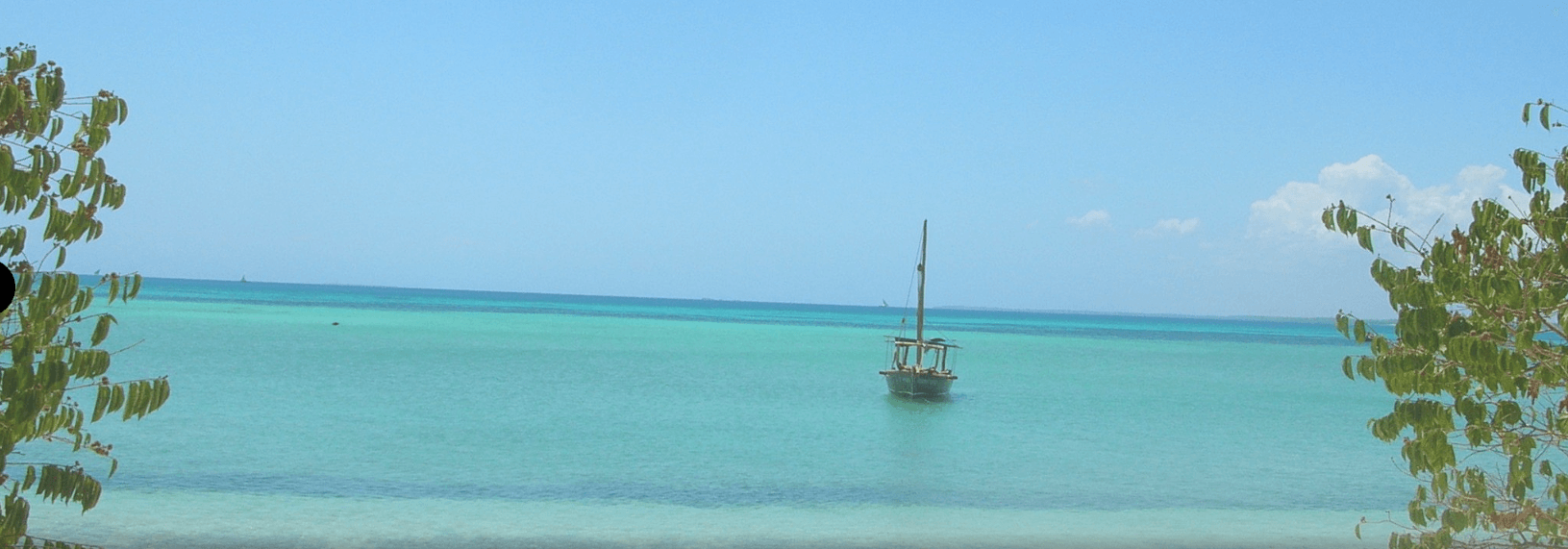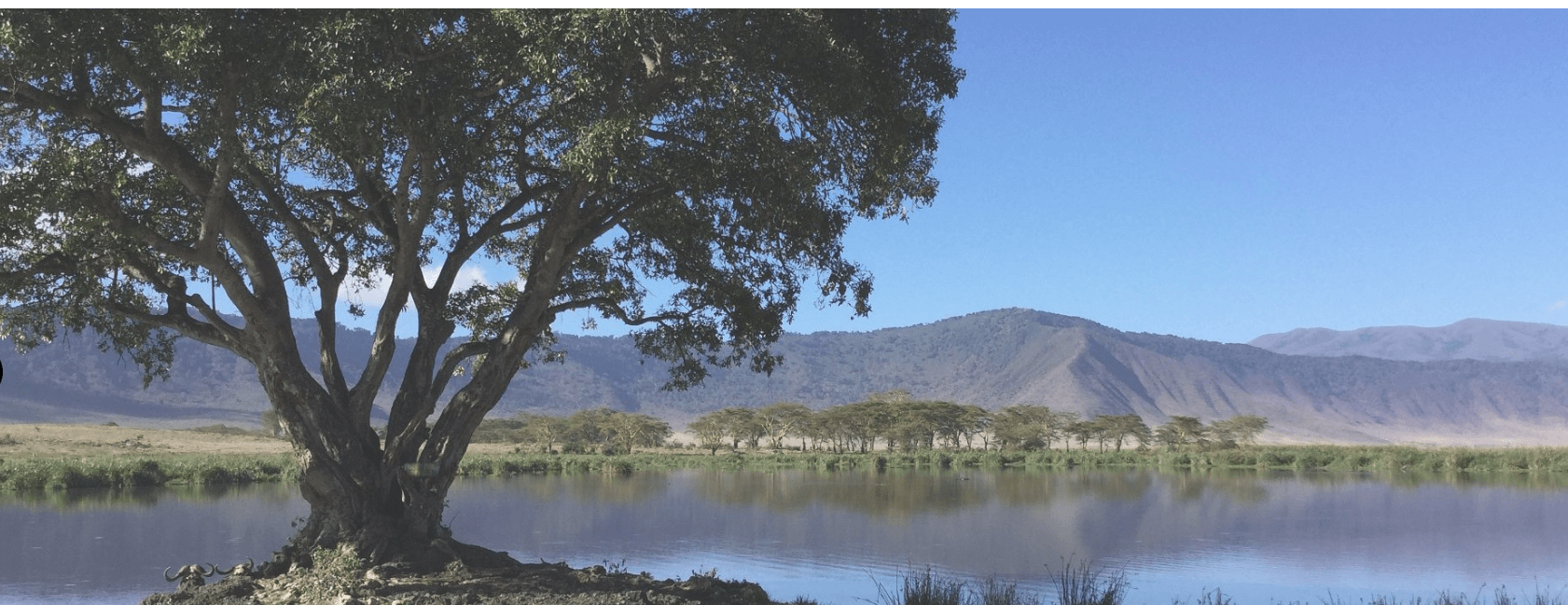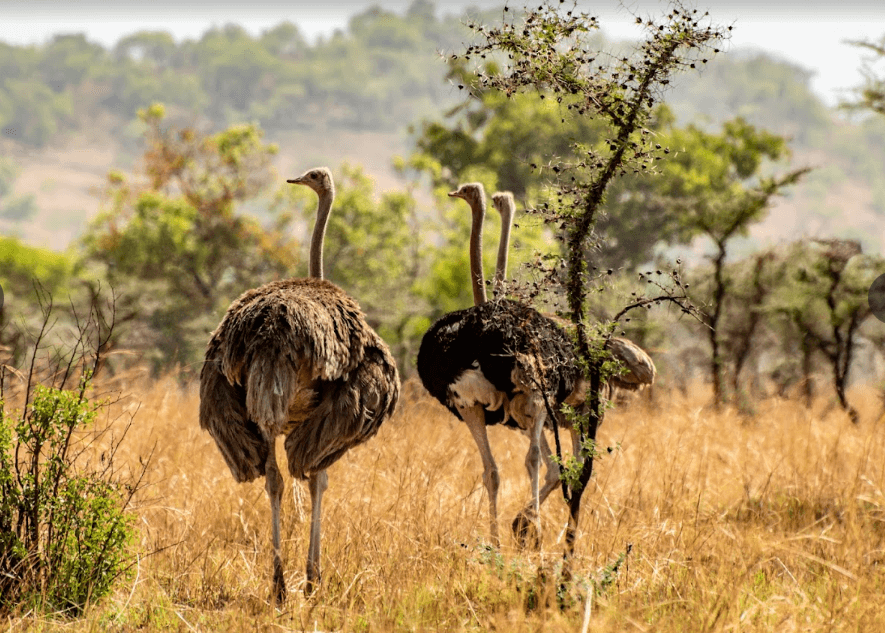Buhoma Pangolin Rescue Centre Bwindi, Uganda
Buhoma Pangolin Rescue Center Bwindi, Uganda: A Beacon of Hope for Pangolins
Meta Description: Discover how the Buhoma Pangolin Rescue Center in Bwindi, Uganda, is rescuing and rehabilitating one of the world’s most trafficked mammals—the pangolin.
Nestled near the pristine forests of Bwindi Impenetrable National Park, the Buhoma Pangolin Rescue Center serves as a sanctuary for one of the world’s most unique and endangered species—the pangolin. As the only facility of its kind in the region, this center is dedicated to rescuing, rehabilitating, and where possible, re-releasing pangolins that have been victims of poaching and trafficking.
Location: A Strategic Haven for Pangolins
Buhoma is located on the edge of Bwindi Impenetrable National Park in southwestern Uganda, a region renowned for its biodiversity. Known primarily as a gateway for ecotourists seeking to track mountain gorillas, Buhoma is now also gaining recognition for its critical role in pangolin conservation. With its unique position next to such a rich natural environment, the center is ideally placed for rescuing pangolins from the surrounding areas and preparing them for release back into the wild.
How to Access Buhoma
You can reach Buhoma by road from Kampala, Uganda’s capital, in about 8-10 hours. Alternatively, several airstrips nearby connect to major cities and tourist hubs, offering convenient access by air. This strategic location allows the center to not only conduct local rescues but also collaborate with international conservationists who can easily visit and contribute to the center’s mission.
A Brief History of the Buhoma Pangolin Rescue Center
The Center’s Founding
Founded in 2012, the Buhoma Pangolin Rescue Center is a result of a collaboration between the Ugandan Wildlife Authority and various international conservation organizations. The growing threat of pangolin poaching, driven by demand for their scales and meat, created an urgent need for a facility dedicated solely to protecting this vulnerable species.
Growth and Development
Since its inception, the center has expanded significantly. With sustained funding and support from global wildlife conservation networks, it has built state-of-the-art facilities for the care and rehabilitation of rescued pangolins. Today, the center is not only a rescue facility but also a hub for conservation education and research. Its efforts have brought much-needed attention to the plight of pangolins in Uganda and beyond.
Why Pangolins Need Urgent Protection
Pangolins, also known as “scaly anteaters,” are some of the most trafficked animals globally. Their unique scales, made from keratin, are highly sought after in traditional medicine, particularly in Asia and parts of Africa. Unfortunately, this demand fuels a robust black market, leading to a sharp decline in pangolin populations.
Global Conservation Status
All eight species of pangolins are listed under the IUCN Red List, ranging from vulnerable to critically endangered. This classification underscores the urgent need for more robust conservation efforts, as continued poaching threatens their survival. The Buhoma Pangolin Rescue Center is a critical part of this effort, working tirelessly to protect this incredible species.
Rescue and Rehabilitation: A Path to Survival
Coordinating Rescue Operations
The center works closely with law enforcement agencies and community informants to identify and rescue pangolins from poachers and illegal traders. When a pangolin arrives at the center, a team of veterinary experts immediately assesses its condition. This first step is crucial, as many of the rescued animals suffer from injuries or illness due to their captivity.
Specialized Rehabilitation Care
Once rescued, pangolins are placed in rehabilitation programs tailored to their unique needs. The center’s staff closely monitors the animals’ health, providing specialized diets that closely resemble their natural feeding habits. For example, pangolins typically consume large quantities of insects, primarily ants and termites, and their care reflects these dietary needs.
Release into the Wild
The ultimate goal of the center is to release pangolins back into their natural habitat. However, this only happens after extensive rehabilitation and health assessments. Before release, the center carefully selects secure release sites in areas with sufficient resources and protection from poaching. Monitoring teams track these pangolins post-release to ensure they thrive and successfully reintegrate into the wild.
Community Engagement and Educational Initiatives
Educating Future Conservationists
The Pangolin Rescue Center runs a series of educational outreach programs designed to raise awareness about pangolin conservation. These programs target local communities, schools, and tourists. By teaching people about the ecological role of pangolins and the threats they face, the center fosters a deeper understanding of why their protection is so vital.
Empowering Local Communities
The center also works to engage local communities in conservation efforts by offering training programs. These initiatives encourage locals to embrace ecotourism, craft-making, and other sustainable practices. By creating economic alternatives to poaching, the center helps build long-term solutions for both wildlife and people.
Future Prospects: Overcoming Challenges and Seizing Opportunities
Challenges in Pangolin Conservation
Despite its successes, the center faces significant challenges. The demand for pangolin scales continues to fuel illegal trade, and law enforcement often struggles to combat poaching effectively. Increased support from governments and international organizations is necessary to address these systemic issues.
Opportunities for Growth
Looking ahead, there are numerous opportunities to expand the center’s impact. Enhancing rehabilitation facilities and strengthening international partnerships could significantly improve the center’s ability to protect and conserve pangolins. Moreover, community involvement remains a crucial aspect of sustainable conservation. By building on current programs and encouraging broader participation, the center can continue to be a leading force in the fight against pangolin trafficking.
Conclusion: The Vital Role of the Buhoma Pangolin Rescue Center
The Buhoma Pangolin Rescue Center is more than just a sanctuary—it’s a lifeline for one of the world’s most threatened animals. Through rescue operations, rehabilitation efforts, and community involvement, the center is helping to secure a future for pangolins. Supporting such initiatives not only saves pangolins but also protects the biodiversity of regions like Bwindi, ensuring a more sustainable future for all species.
FAQs
What makes pangolins so vulnerable to poaching?
Pangolins are poached mainly for their scales, which are used in traditional medicines, and their meat, considered a delicacy in some cultures.
Where is the Buhoma Pangolin Rescue Center located?
The center is located in Buhoma, on the edge of Bwindi Impenetrable National Park in southwestern Uganda.
How are pangolins rehabilitated at the center?
After rescue, pangolins undergo medical treatment and rehabilitation, including specialized diets and health monitoring, before being released back into the wild.
What is the ultimate goal of the Buhoma Pangolin Rescue Center?
The center aims to rescue, rehabilitate, and release pangolins into their natural habitats, ensuring their survival and reintegration into the wild.
How can tourists visit the Buhoma Pangolin Rescue Center?
Tourists can access Buhoma via road or nearby airstrips, and the center is open for educational tours that offer insight into pangolin conservation.
How does the center work with local communities?
The center engages local communities through educational programs and provides alternative livelihood options like ecotourism and craft-making to reduce reliance on poaching.





